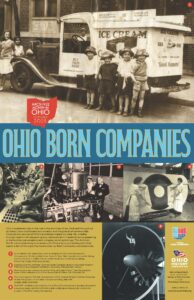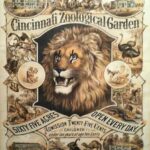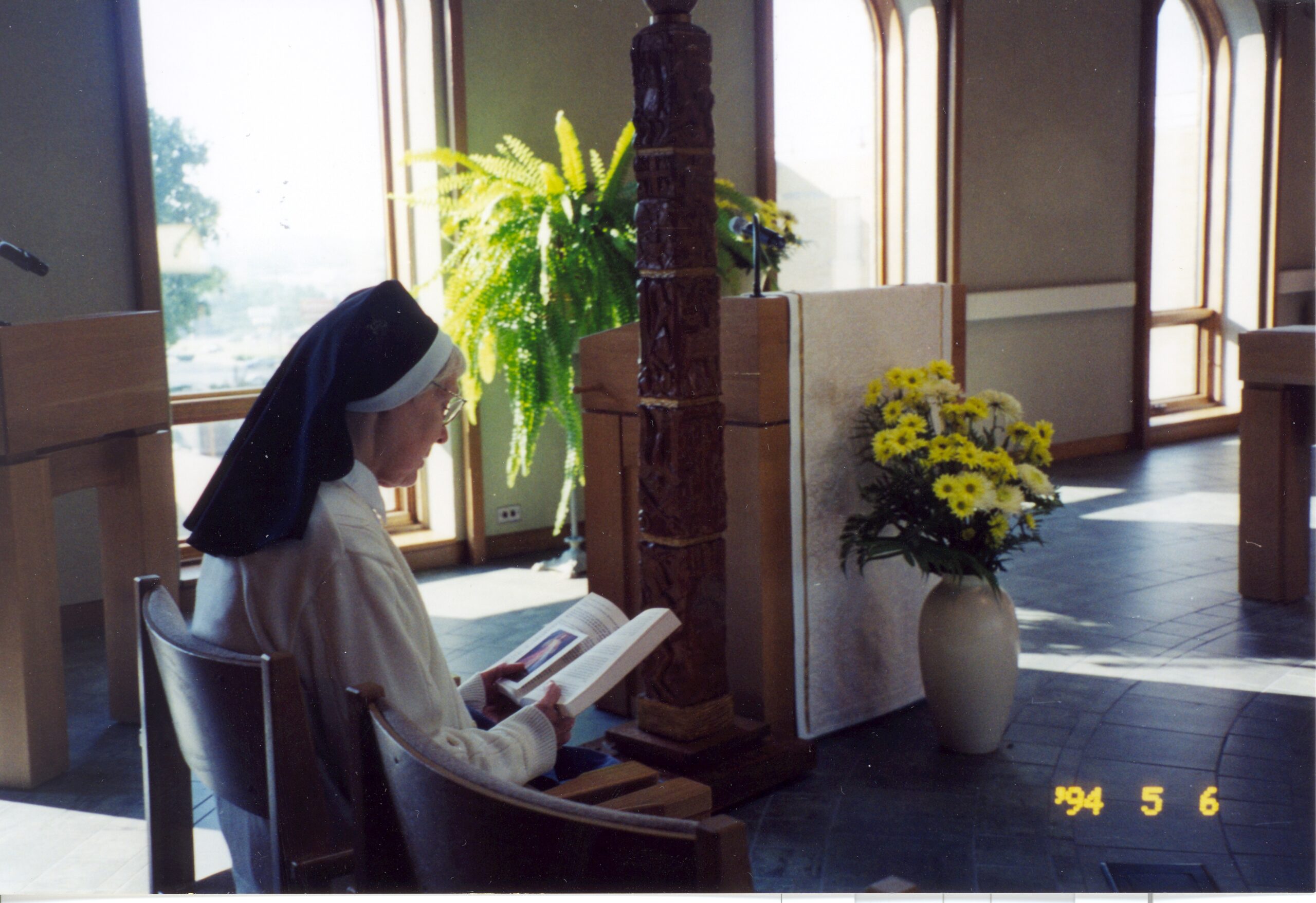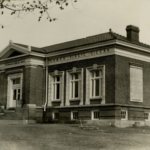by Natalie Fritz, Archivist & Outreach Director, Clark County Historical Society at the Heritage Center.
Each October, the Society of Ohio Archivists celebrates American Archives Month by highlighting the important work of preserving and sharing Ohio’s history. Every year, the SOA Advocacy and Outreach Committee selects a theme and invites archives across the state to submit up to three images per institution that best represent the theme. After SOA members vote on their favorites, the top ten images are used to create the year’s Archives Month poster, which was recently revealed during a virtual unveiling event in September.
This year’s theme, “Ohio Born Companies,” celebrates the countless businesses that got their start here in the Buckeye State. From family-owned shops to manufacturing giants, Ohio has long been a place where innovation and hard work converge. Archives across the state, both large and small, play a vital role in documenting those businesses and the communities that shaped them.
Collecting the Story of Local Industry
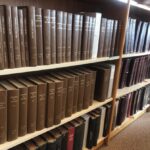
Springfield City Directories, 1852–2020. An invaluable resource to trace the evolution of local businesses & their locations.
In our archives at the Clark County Historical Society at the Heritage Center in Springfield, Ohio, one of the most used resources is our collection of Springfield City Directories, dating from 1852 through 2020. These volumes are indispensable for tracing the history of a business, helping researchers determine when a company first appeared, where it was located, and how it evolved over time.
We use them regularly to identify local companies pictured in historic photographs and to connect visual materials to their broader stories.

